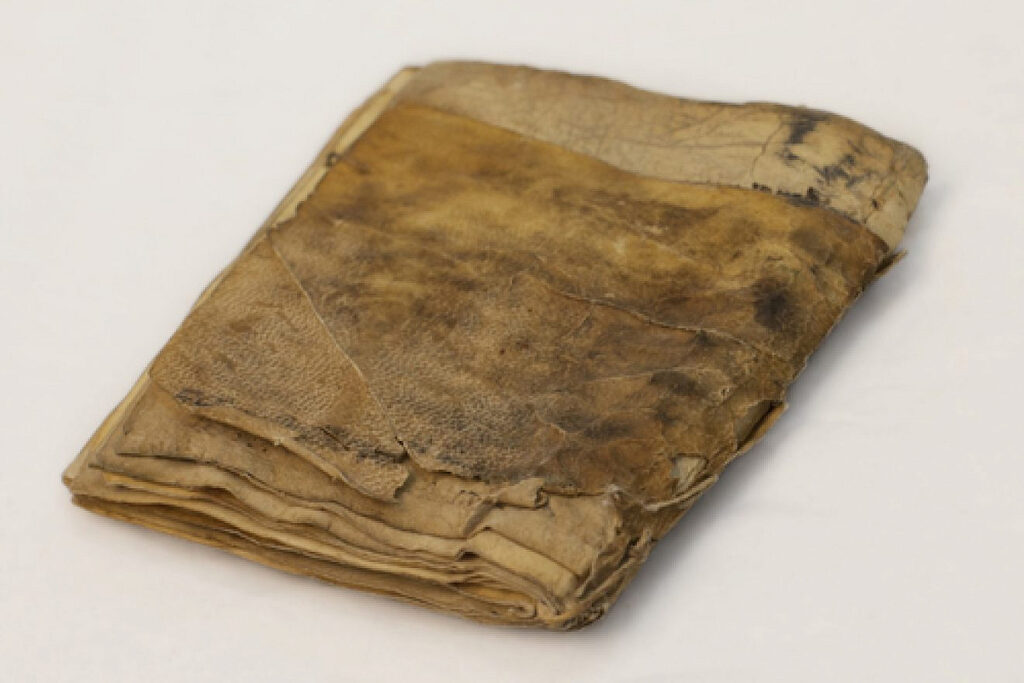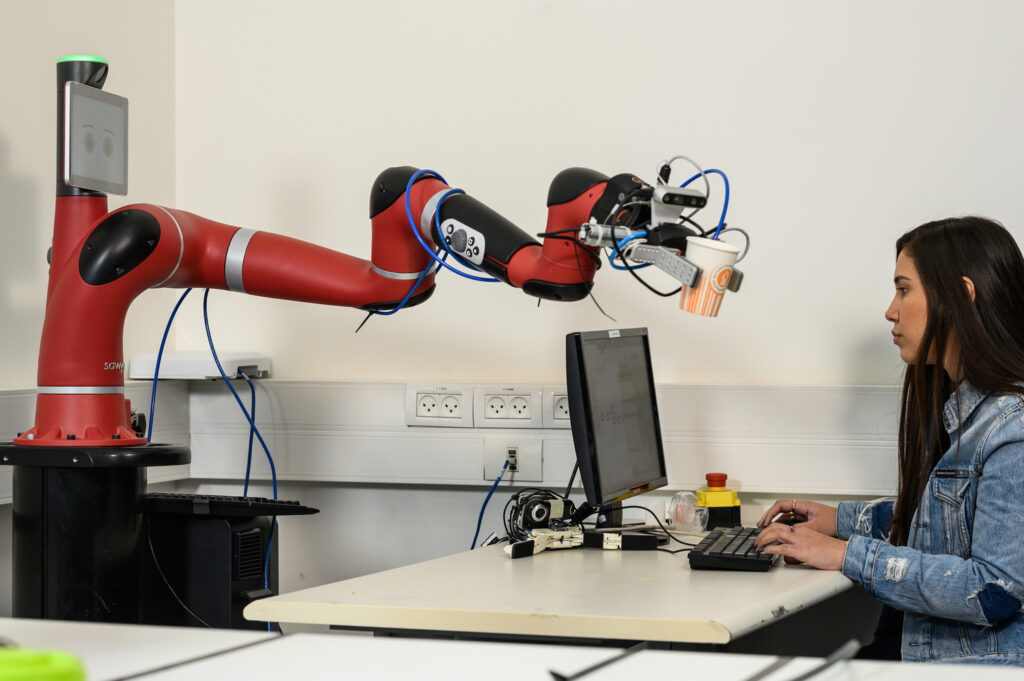
Ben-Gurion University and Cincinnati Children’s Hospital Choose Three Pediatric Devices to Develop
Ben-Gurion University and Cincinnati Children’s Hospital Choose Three Pediatric Devices to Develop
December 27, 2012
Medical Research, Press Releases, Robotics & High-Tech
CINCINNATI, Ohio and BEER-SHEVA, Israel, December 27, 2012 — Ben-Gurion University of the Negev (BGU) and Cincinnati Children’s Hospital Medical Center (CCHMC) have received early stage funding to develop three new devices that have applications for pediatric medical markets, as part of a collaboration announced this past spring.
The collaboration pairs BGU’s technical and engineering capabilities with the medical expertise of CCHMC physicians. Each project will receive up to $100,000 in the first round, with all funding contingent upon achieving project-specific developmental milestones.
“The collaboration between clinicians and engineers is one of the necessities for success in the development of medical devices, addressing the very specific unmet medical needs of pediatric patients,” explains Prof. Joseph Kost, dean of BGU’s Faculty of Engineering Sciences.
“After vetting nearly 80 unmet clinical needs, the BGU-CCHMC team identified three significant innovations after thorough market analyses and review by both internal and external stakeholders,” says Doron Krakow, executive vice president, American Associates, Ben-Gurion University of the Negev.
“This collaboration will yield technology that could improve the medical care of children and potentially reduce healthcare system costs,” he adds.
The projects are being developed and led by a BGU engineer and a CCHMC clinician or surgeon. The initial three projects are:
Smart Sensing Catheter — The smart sensing catheter will provide immediate and continuous assessment of the metabolic and physiological profile of critically ill infants and small children. The smart, micro-optic sensor combines nano-plasmonics with fiber optics that fit in a 1 x 1 mm area and can monitor and analyze at least 20 substances simultaneously.
“Once developed to the product level, the sensor can be used in other applications for water quality and environment pollutants monitoring,” says Prof. Ibrahim Abdulhalim, head of the ElectroOptics Engineering Unit at BGU.
The catheter is being co-developed by Richard Azizkhan, M.D., surgeon-in-chief at Cincinnati Children’s and the Lester W. Martin chair of pediatric surgery. “Secondarily, this technology will reduce the need for repeated tests, thus reducing costs for the health system and society,” Azizkhan noted.
Image Guided Needle Insertion Device — This will combine sophisticated new imaging techniques with precise robotics to improve the accuracy of many medical procedures.
“Currently, a clinician has limited control over the path of a needle once inserted into the tissue and limited ability to know the precise trajectory required to achieve the desired needle position, often using trial and error even when guided by imaging modalities,” says BGU Prof. Hugo Guterman of the Department of Electrical and Computer Engineering.
“The device substantially improves the accuracy for a number of invasive procedures, while decreasing both the level of necessary expertise and the cost associated with current practice,” adds Daniel von Allmen, M.D., director, Division of General and Thoracic Surgery at Cincinnati Children’s. While initially targeting the pediatric market, this technology represents tremendous potential for the adult market as well.
Surfactant Delivery Device — This innovative device consists of a delivery system for prolonged surfactant administration to premature babies’ lungs, using nanoparticles. Current procedures do not allow for the sustained release of proteins or other complex particles in the alveoli of infants or adults.
This technology would do just that, with the potential to deliver numerous therapies to the lower airway through a non-inflammatory delivery system. It is being developed by BGU’s Prof. Joseph Kost and Jeffrey Whitsett, M.D., co-director, Perinatal Institute and chief, Section of Neonatology, Perinatal and Pulmonary Biology at Cincinnati Children’s.
This collaboration is managed by CCHMC’s Center for Technology Commercialization and BGU’s technology commercialization company, BGN Technologies, Ltd. Cincinnati-based seed-stage investor CincyTech and Israel-based Ridgeback Business Development, Ltd. helped evaluate the projects.
The CCHMC-BGU collaborative will seek new ideas and solutions for pediatric-specific medical devices from experts at both institutions for its next round of funding starting in January 2013.
ABOUT AMERICANS FOR BEN-GURION UNIVERSITY
By supporting a world-class academic institution that not only nurtures the Negev, but also shares its expertise locally and globally, Americans for Ben-Gurion University engages a community of Americans who are committed to improving the world. David Ben-Gurion envisioned that Israel’s future would be forged in the Negev. The cutting-edge research carried out at Ben-Gurion University drives that vision by sustaining a desert Silicon Valley, with the “Stanford of the Negev” at its center. The Americans for Ben-Gurion University movement supports a 21st century unifying vision for Israel by rallying around BGU’s remarkable work and role as an apolitical beacon of light in the Negev desert.
About Ben-Gurion University of the Negev
Ben-Gurion University of the Negev embraces the endless potential we have as individuals and as a commonality to adapt and to thrive in changing environments. Inspired by our location in the desert, we aim to discover, to create, and to develop solutions to dynamic challenges, to pose questions that have yet to be asked, and to push beyond the boundaries of the commonly accepted and possible.
We are proud to be a central force for inclusion, diversity and innovation in Israel, and we strive to extend the Negev’s potential and our entrepreneurial spirit throughout the world. For example, the multi-disciplinary School for Sustainability and Climate Change at BGU leverages over 50 years of expertise on living and thriving in the desert into scalable solutions for people everywhere.
BGU at a glance:
20,000 students | 800 senior faculty | 3 campuses | 6 faculties: humanities & social sciences, health sciences, engineering sciences, natural sciences, business & management, and desert research.
For all press inquiries, please contact:
James Fattal, J Cubed Communications
516.289.1496



